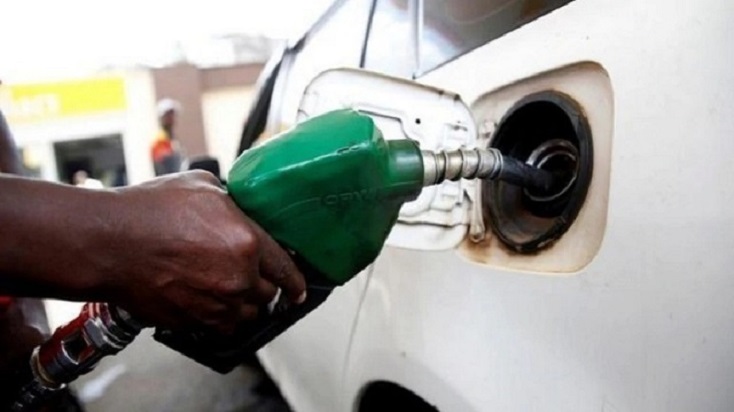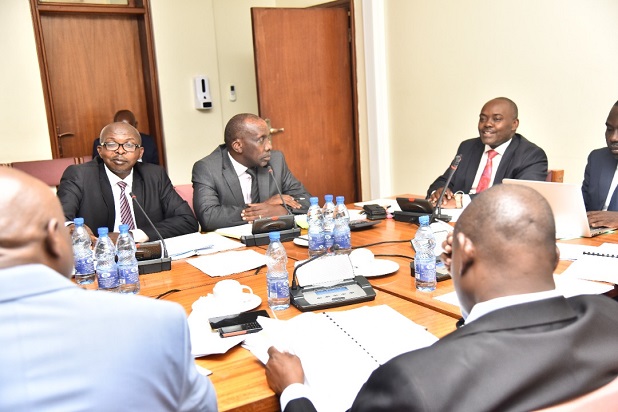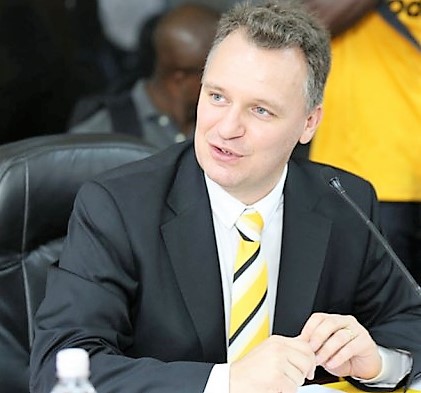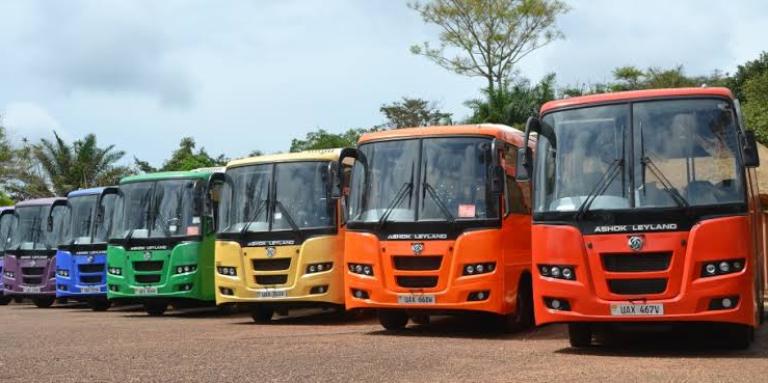The prices of fuel in Uganda, particularly in Kampala have continued to rise, but at a slower rate over the last two months, compared to the sharp increases registered between March and early July.
Ordinary motorists in Kampala had predicted that by the start of August, a litre of petrol could be selling at well over 7,000 Shillings based on the rate of daily increases then. Between June 20 and July 20, for example, the petrol of fuel had risen from 6,000 to 6,500 Shillings, but has since then risen by just about 50 Shillings.
Diesel prices have at some fuel stations slightly dropped back to between 6,000 and 6,150 Shillings a litre, a drop of about 100 Shillings. The common reason analysts are giving is the fall in crude oil prices over the last two months from a high 120 to 96 US Dollars a barrel in western Europe and 90 US Dollars in the US Crude market.
The fall in prices of crude is based more on speculation than demand and supply forces. It started mainly after concerns that the major global economies would slow down, and some, including the US, were likely to go into a recession, dampening the global economic mood.
Trouble for the US economy started over the continued uncertainty of the COVID-19 pandemic, which, as it was easing, was followed by the Russian invasion of Ukraine. The resultant sharp increase in fuel price increases led to sharp inflation across the world as prices for almost all basic commodities hit an all-time high.
Over the last two quarters, between January 1 and June 30, the economy contracted 1.6 and 0.9 per cent consecutively, though the president refuses to admit recession because 400,000 jobs have been created per month, according to them. This situation has since scared the oil industry into cutting prices of crude, which has in turn led to a fall in pump prices in some countries.
Why are prices in Uganda so high then?
Two weeks ago, Ramathan Ggoobi, the Permanent Secretary at the Ministry of Finance forecasted that fuel prices were peaking in a few days following the trend of the crude market prices. He added that hopefully, they would start dropping, although this would depend on whether there were any new disruptions in the supply chain.
The constant price hikes in the country saw the motorised traffic volume on Kampala’s streets fall significantly, with many vehicle owners saying they could no longer afford to drive every day. So, since June, the futures price for crude (the price announced at which crude will sell in about a month’s time) has dropped almost 20 per cent, but locally the pump prices, especially for petrol, have been rising though at a slower rate recently.
Experts say the prices will take a little longer to fall noticeably, compared to the rate of the fall in the price of crude, because of the complex supply chain. Ordinarily, a change in the crude price would be reflected after not less than two months, and for countries like Uganda which are more remote from the international market, it can take up to three months, according to Ayebare Tom Rukundo, the Manager of Economic and Financial Analysis at the Petroleum Authority of Uganda.
Rukundo explains that prices of crude on the international market are announced about a month before the crude goes on sale, although some are sold on a daily basis. The crude is then delivered to refiners who then transform it into refined products, ready for shipping to the international market for sale to different countries, a process that can take another two months.
Therefore, while crude prices have dropped by almost 20 per cent, in East Africa, and Uganda in particular, consumers are still buying the crude that was sold between 110 and 120 dollars per barrel.
According to the oil industry statistics, depending on the tax regimes along the value chain, fuel duty accounts for about 30 per cent of the cost of the refined product, while VAT takes about 18 per cent.
The cost of refining petrol averages 20 per cent of the cost of the finished product, while it is a little less when refining diesel, while distribution and marketing can cast anywhere between 11 and 20 per cent and the retailer earns about 2 per cent in profit.
However, over the last one year, refiners have more than doubled the cost of refining the products.
For example, according to a BBC survey, European refiners are currently charging 43 US Dollars and 11 cents per barrel (159 litres) up from just 9.3 US Dollars in June 2021 to refine petrol, while diesel costs even more (51 US Dollars) to refine.
This means that most of the increase that the final consumer in Kampala is experiencing is caused by the refiners. In recent months, the cost of transportation has also risen sharply due to the cost of fuel and other overheads, which were made worse when the transport system in eastern Europe was disrupted by the war.
Under normal circumstances, transporting a litre of fuel from Mombasa to Kampala costs between 350 and 500 Shillings according to Rev Frank Tukwasibwe, the head of the Petroleum Supply Department at the Ministry of Energy.
This, however, can also be influenced by other factors like non-tariff barriers or delays, as well as the tension transporters feel operating through Kenya due to the elections. If there do not arise new challenges in the global supply chain, the prices are expected to stabilize and start falling gradually, though they might not return to the 2021 levels, according to experts.
However, it will also depend on how weather patterns turn out to be as it will soon be winter in Europe.
During that period, there is more demand for gas in the affected countries, and this could increase pressure on global prices, according to economist Dr Fred Muhumuza.
“Winter is coming to the northern hemisphere so prices of gases and oil will increase even more and Uganda has no control, you need to adapt (to the possible worsening of the situation)”, he said.
-URN





